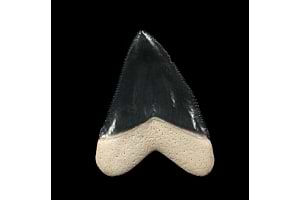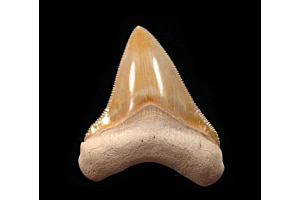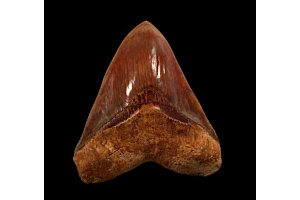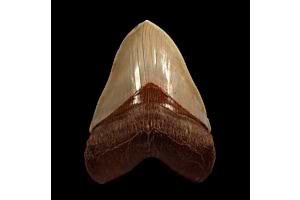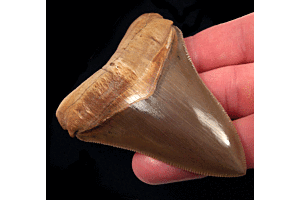
Do you know the fourth-largest shark to prowl our oceans? It is the Tiger shark. Weighing approximately 1300 pounds, the Tiger shark grows up to 15 feet. Only Great Whites, Whale sharks, and Basking sharks are bigger. Good news for fossils collectors, we have Tiger shark teeth for sale!
Apart from being huge, Tiger sharks are bizarre! Want to know why we said that? Read the following facts about these creatures, and you will feel the same way.
You can call them swimming garbage disposals.
Remember the scene from Jaws in which a Louisiana plate is pulled out by Hooper from a dead Tiger shark’s stomach? That is scientifically accurate. Tiger sharks have an insatiable appetite. They eat everything, from other sharks, venomous sea snakes, and albatrosses to manmade objects like rubber tires, leather jackets, paint cans, and even license plates!
Their teeth are notched.
When you take a close look at a Tiger shark’s jaws, you will notice their teeth have dramatic notch tips pointing sideways. Another interesting fact is that their teeth on the right and left halves appear to be mirror images. They serve dual functionality! They allow the shark to grasp onto its prey and shear even the thickest of hides. So, Tiger sharks can go after just about any available prey.
Female Tiger sharks give birth to massive litters.
Females are pregnant for 14-16 months and give birth to at least 10 pups at a time. The average is 30! The newborns usually weigh between 6 to 13 pounds.
All of them don’t have stripes.
We assume that a Tiger shark will have stripes. But these sharks don’t always have them. The feature evolves with time. Baby Tiger sharks have roundish gray spots that become stripes as they grow. It starts fading after a particular age. Full-grown Tiger sharks barely show visible stripes.
Seagrass thrives with Tiger sharks around.
Heard of Australia’s Shark Bay? It is inhabited by 28 shark species, including Tigers, that are quite common. The backbone of the ecosystem of Shark Bay is seagrass. It provides shelter to the smaller animals and food to the big herbivores. In 2011, a heatwave decimated the grasses. They did make a comeback, and scientists observed they grow at a higher rate in areas that Tiger sharks frequent. This is because the shark frightens off dugongs and sea turtles who eat grass. So, the fear of Tiger sharks is helping a marine ecosystem respond to stresses.
You will find authentic Tiger shark teeth for sale at Buried Treasure Fossils. Do take a look!



